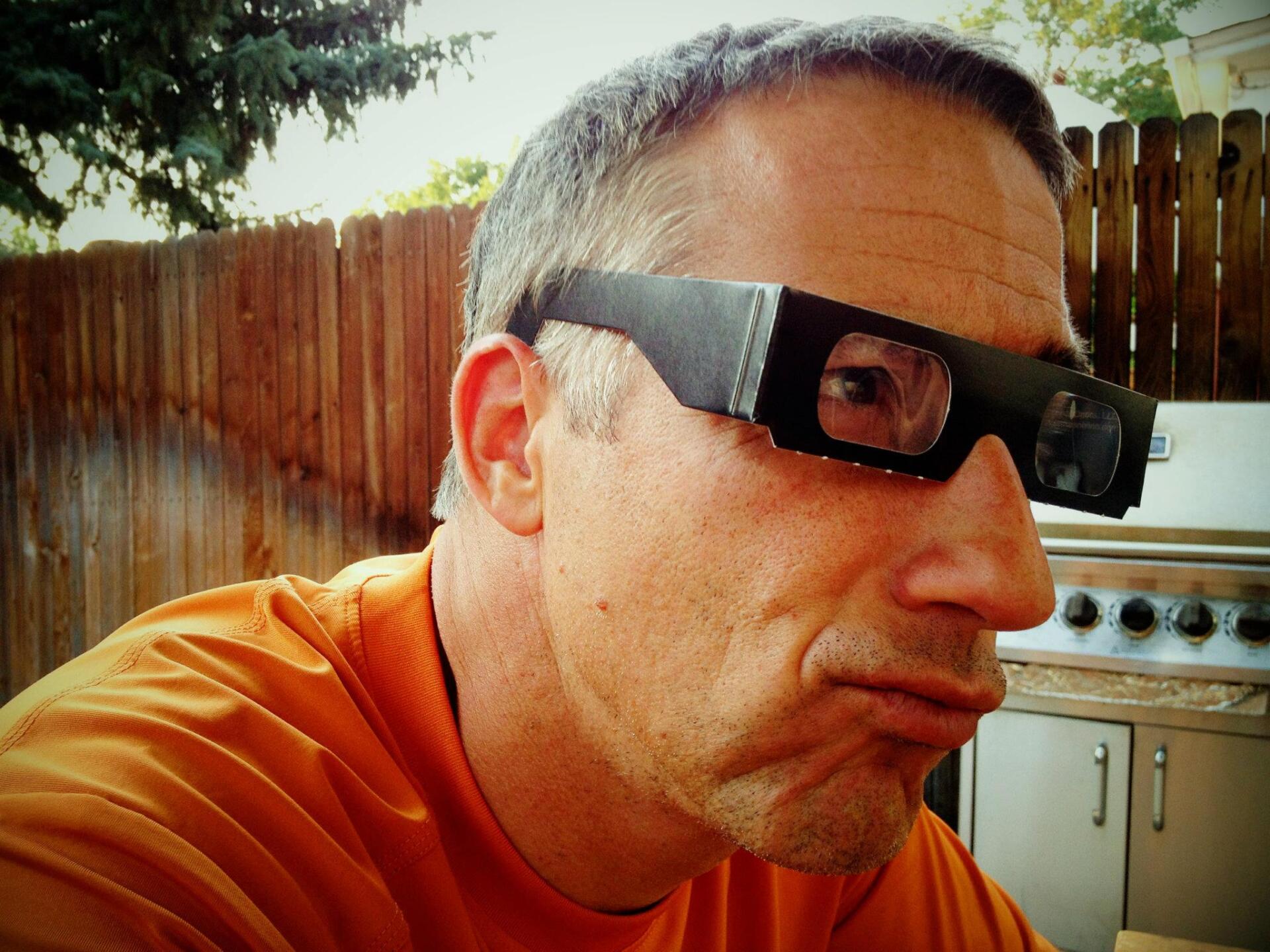The Slower You Lower, The Better You Getter
What did he say this time?

The Slower You Lower, The Better You Getter.
That's ridiculous.
How about a little kinesiology lesson today?
In the most simple terms, when you do an exercise, you move your joints by flexing and extending groups of muscles and connective tissues.
To illustrate this, let's examine what happens during the almighty biceps curl. This is going to be super simplified. Here goes.
When you hold a dumbbell with a bent elbow, your elbow is flexed and your biceps muscle is in its shortest position. To do the first repetition, you extend your elbow – lengthening the biceps – and then you flex your elbow – shortening the biceps. That's rep number 1.
Do 11 more. I'll wait.
OK. Now let's describe the action using the language of biomechanics!
There are 3 phases in the example above: The Isometric (holding the dumbbell with a flexed elbow), the Eccentric* (the lowering of the dumbbell), and the Concentric (the raising of the dumbbell).
We generally think of the concentric phase as being the most important phase when we want to make strong muscles. And while it is important, it's not the phase that the contributes the most to getting stronger.
In fact, when you purposely move slowly and focus on the eccentric phase of the exercise, you will get significantly stronger more quickly.
This is why we love Slow Top Down Push Ups and Slow Top Down Pull Ups. Push Ups and Pull Ups – more than any other exercise – are at the top of most clients' lists of exercises they want to master. And why not? Both are such pure and awesome expressions of strength.
Hence the expression, the slower you lower, the better you getter.
And in this case, by better, I mean stronger, more flexible, and bigger (if you like - bigger is optional).
You may be wondering if there's any science to back up such a wild statement. Well, yes there is. There's a fantastic summary of Ten Things You MUST Know About Eccentric Training To Get Better Results on the Poliquin Education site complete with references.
Lastly, you might ask why we don't always focus on eccentric loading every exercise every time. There are a couple reasons for this.
Reason number 1: We're not always training for pure strength. Since we are a functional training studio, we're primarily training movement patterns and their functional outcomes. Strength is important but it's not everything.
And reason number 2: Eccentric training will make you very very sore – sometimes for multiple days. And nobody enjoys that!
That's it! The slower you lower, the better you getter. The more time you spend on the eccentric phase of contraction relative to the concentric phase, the stronger you'll get. You'll also get more flexible and if size is important to you, this will also help.
Just type shittomsays in the search bar at the top of the blog to see more of these ridiculous posts.
*Eccentric is pronounced EE-sentrick.
Curious to learn more?
We encourage you to do a 30-Day Trial Membership. In 30 days, you will get a private onboarding session that includes the Functional Movement Screen®, then 8 semi-private training sessions doing the program we design based on that first session. And you’ll get to be a part of one of the most inviting, inclusive, and fun communities you’ll find anywhere. At the end of your trial, you get to decide if you liked it and if you want to continue with a regular 6-month membership. All the options and prices are on our Membership page.
Our facility is conveniently located on the northwest corner of Denver in beautiful downtown Wheat Ridge.
#shittomsays
You might also enjoy these posts . . .







